We are all caliphs!
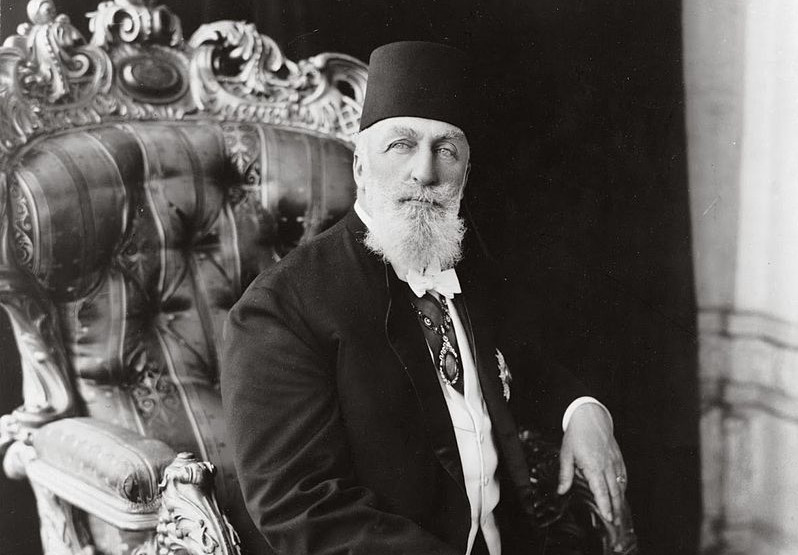
Credible historians attest that caliphs did indeed exist at one time, and that the last caliph of any (albeit modest) global historical significance was deposed just ninety years ago. Nevertheless, caliphs have always also been figures of fairy tale and fantasy, not much different to fairies, magicians, dragons and flying carpets. If the word caliph has an aura, this is not a by-product of historical reality, which was an unhappy tale from the outset, but rather of wishful thinking – political on the part of Muslims, infused with nostalgia for the Orient on the part of the West.
The literal meaning of the word caliph – in Arabic, "khalîfa" – is nothing other than "successor" or "deputy". The first caliphs were thus called because they were both the spiritual and political successors of the Prophet Muhammad in leading the fledgling Islamic community.
When the Prophet died in the year 632, his provisions were woefully inadequate. The Koran was, insofar as it was in written form at all, a chaotic, fragmentary collection of loose sheets. Muhammad was not blessed with a surviving son who could have succeeded him, and in the absence of this son he had not specified who, instead, should carry his legacy forward.
For this reason, his closest friends decided amongst themselves who should be the Prophet's first "successor". His name was Abu Bakr, and he ruled for just two years before dying. Abu Bakr and the three subsequent caliphs were considered by ensuing generations to be "righteously guided", supposedly acting as Muhammad would have done, because unlike later leaders they had known him personally.
The Golden Age
It could indeed be said that, without them, Islam would not have existed. Not even the Koran would have been passed on, if the third caliph, Uthman (in Turkish: Osman), had not begun at least partially to record in written form what was being circulated at the time as the Koran (which literally translates as oral "recitation").

To this day, all fundamentalists, Salafists and other religious nostalgics still invoke what they perceive as this golden age and believe they can revive it if they only conduct themselves as Muslims did during the era of the righteously-guided caliphs.
The great charm of this historical fiction is further enhanced by the fact that this epoch precedes the dispute between the Sunnis and the Shiites. Or, more precisely: it was this very dispute that brought the era to an end!
Weak point
These days, many non-Muslim observers forget that, for most Muslims, Islam also means believing in the righteous guidance of these first caliphs, just as for Christians the acts of the apostles following the death of Christ are an integral part of the salvation history.
However, from the perspective of the rational historian, this is a weak point in Islam. Of the first four caliphs, three were murdered, and it often appears that the only way in which they served as an example to the later ones was in the violent manner of their death. They did succeed in disseminating Islam far beyond the Arabian Peninsula, but they were not able to stem its internal division.
Even before the Prophet's cousin Ali, the fourth and last of the Righteously Guided, was murdered in the year 661, his opponent Mu‘awiya had laid claim to the Caliphate from Damascus. This resulted in a civil war (Arabic: "Fitna"), which could be described as the longest in the history of the world – it still endures to this day. Since then, the followers of Ali have been referred to as Shia. They were defeated in the battle against Mu‘awiya's troops, but were able to hold their own in many regions of Iraq and Iran.
If the ISIS leader Abu Bakr al-Baghdadi wants to wage war as Caliph – primarily against the Shia, whom he regards as infidels – he is not reviving the golden age of Islam but the era of the "Fitna", the internal Islamic civil war. He is acting not so much as the successor of Abu Bakr, whose name he shares, but of Mu‘awiya, who was, incidentally, the patriarch of the dynasty of Umayyad caliphs.
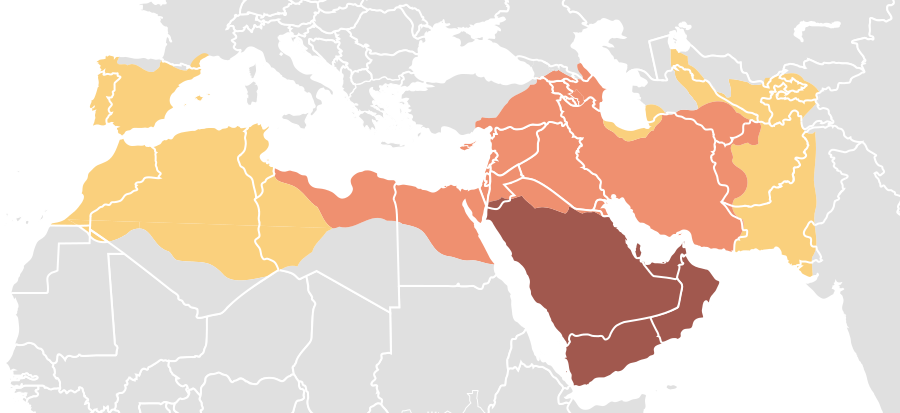
Whereas previously the caliph was decided upon by consultation among leading figures – on condition, naturally, that he, like the Prophet, was a member of the Quraysh tribe – with Mu‘awiya the Caliphate was inherited along dynastic lines and was generally passed from father to son.
Parallel caliphates
When the word "caliph" is used in the West, we think less of the early period of Islam and more of the era of the great Islamic golden age and development of power: of the Umayyad caliphates in Damascus (661 - 749) and Cordoba (929 - 1031), the Abbasid caliphate in Baghdad (749 - 1258) and the Fatimids in Cairo (969 - 1171).
We still have a living successor to the Fatimid caliphs today, and he too is rather like a character from a storybook: the Aga Khan. However, anyone who is puzzled by these dates has good reason to be so. Yes, they overlap: at the turn of the millennium there were three caliphates in parallel.
On the one hand, this was because the caliph in Baghdad had long been unable to substantiate his claim to the spiritual and political leadership of the Islamic world, and had degenerated into a puppet of local rulers and their armies. However, at the same time, the caliphate retained its special aura and laid claim to the religious and political leadership of all Muslims.
The era of the most famous of all the caliphs, Harun Ar-Rashid (who ruled from 786 - 809), was by then long over and already fading into obscurity, mythologised and glorified by storytellers of all kinds.
Should the ISIS caliph Abu Bakr al-Baghdadi regard not only the righteously-guided caliphs but also Harun Ar-Rashid as a model, we would be perfectly justified in laughing. Harun Ar-Rashid's vizier – in other words, the one wielding true power – was a not-very-Sunni Persian by the name of Ja'afar al-Barmaki, and his most famous court poet was Abu Nuwas, a homosexual and drunkard who indulged in all manner of blasphemy. One of the most famous streets in Baghdad still bears his name.
"1001 Nights" or historical reality?
If we believe the stories of the "Thousand and One Nights", in which the triad of Harun Ar-Rashid, the vizier Ja'afar al-Barmaki and Abu Nuwas make numerous appearances, and which has probably informed the Occidental appreciation of the Caliphate more than reality has done, the most famous caliph was also one of the first rulers who loved to spy on his subjects.
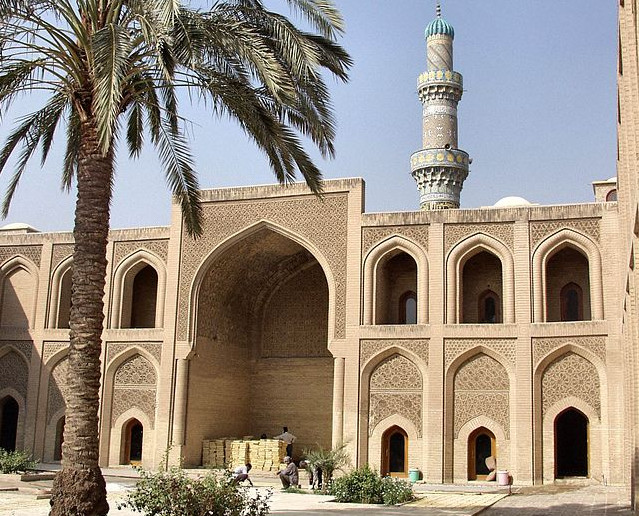
In order to do this he would dress as a regular citizen, leave his palace and mingle with the people, ostensibly to see if all was well in his realm, but actually in search of entertaining stories. This was the period the Arab poet Adonis (b. 1930), one of the heirs of Abu Nuwas, has described as a first Islamic modern age: an era of spiritual and religious awakening uninhibited by taboo; a period that, in truth, has more of an impact on the character of Islam today than the era of the righteously-guided caliphs, whose actual historical impact eludes objective comprehension.
The fact that we know so much more about Harun Ar-Rashid is, not least, due to a media revolution implemented under his rule: the first Arab paper factory was established in Baghdad in the year 800. The Arabs had already encountered paper fifty years earlier through Chinese prisoners of war. However, it was only now that affordable writing material became available en masse.
Muslims made use of this as no other culture had done before. Only now was the proliferation of oral tradition collected, systemised and ordered. This is true of Arabic grammar as well as of Islamic law, and of the tradition of the deeds and sayings of the Prophet, known as the Hadith – which fundamentalists in particular invoke to this day, without attaching much importance to the time lapse between Muhammad's death and the collation of the material, more than one-and-a-half centuries later.
Multicultural influences
Another important aspect of the caliphates' golden age has been forgotten over the course of time. The boom in poetry, philosophy and religious matters was only possible because these caliphs – including the Andalusian and the Fatimid – ruled over multi-ethnic, multi-religious, multi-lingual or, to put it simply, multi-cultural populations. The city of Baghdad, founded only in 762, would never have become a metropolis without immigrants. "From all nations, far and near, they arrived there, and people from all regions preferred it to their homeland," the ninth-century geographer al-Ja’kubi wrote about Baghdad.
At the time, the dispute over who are the better Muslims – those with Arab forefathers, or converts from other countries whose faith is born of genuine conviction rather than their ethnic origins – caused considerable upheaval. The era produced a genuine Arabic word for multiculturalism: "shu’ubiyya". Indirectly, "shu’ubiyya" not only undermined the Arabs' claim to leadership but also that of the caliph, who was supposed to be descended from the Quraysh tribe and thus a true Arab.
This presages a problem that is always virulent today whenever someone claims to speak for all Muslims: just because the Koran is written in their language, do Arabs have a more genuine connection to Islam than Turks, Iranians, Afghans, Indonesians, or converts from the West? But if it is scarcely imaginable that Arab Muslims would ever accept an Indonesian or Iranian national as their caliph, why then should Indonesian or Iranian Muslims follow an Arab caliph?
Historical nadir
A further aspect should not be overlooked: insofar as the caliphs possessed secular power at all, they always also ruled via adherents of other religions. These always included Christians and Jews, often also Zoroastrians, and had they not been tolerated, indeed incorporated into the apparatus of power, the heyday of the caliphates would have been inconceivable.
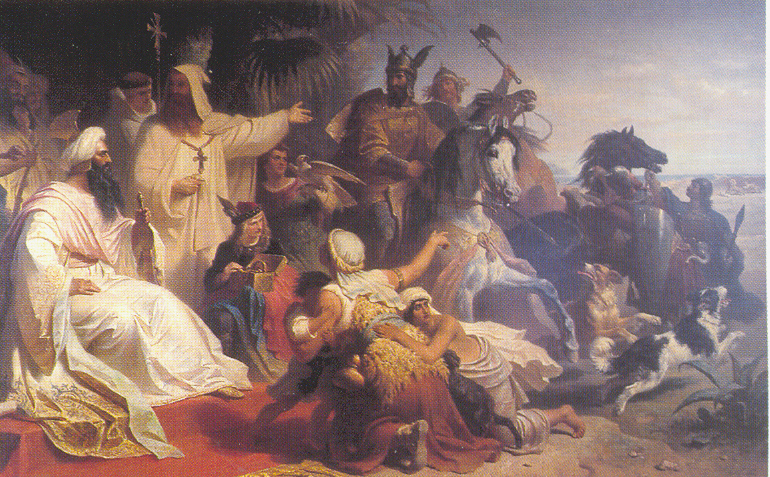
There were Christians with knowledge of the Greek and Syrian languages, which the philosophers and physicians of Antiquity translated into Arabic, and adherents of Iranian religions, whose mother tongue was Persian, continued the administrative tradition of the Sassanid Empire, shaping Arabic into a flexible official language and lingua franca of a great empire.
With their mercenary-converts from all around the world, ISIS is also somehow multicultural. But its hatred of everything that is different or of a different creed exposes its dream of a Caliphate as unsustainable.
It is of course also feasible to think that the Caliphate at some point become a little too 'multi' to function as a serious power for more than a couple of centuries. However, it is more probable that at some point no one really believed that the caliph actually was a representative of Muhammad, even if the blood of the Quraysh still flowed in his veins. Too many caliphs had turned out to be impotent and incapable and had destroyed the aura of the office. When the Mongols conquered Baghdad in 1258 and murdered the last Abbasids, the institution of the Caliphate had reached its historical nadir.
The renaissance of the Caliphate
But the idea experienced a renaissance! Paradoxically, Europe played a significant role in this process. In the course of the nineteenth century, European states increasingly presented themselves as protectors of Christians in Muslim nations, above all in the Ottoman Empire – a convenient way of interfering in the domestic affairs of these countries, not unlike the way Russia is doing in Ukraine today with regard to Ukrainian Russians.
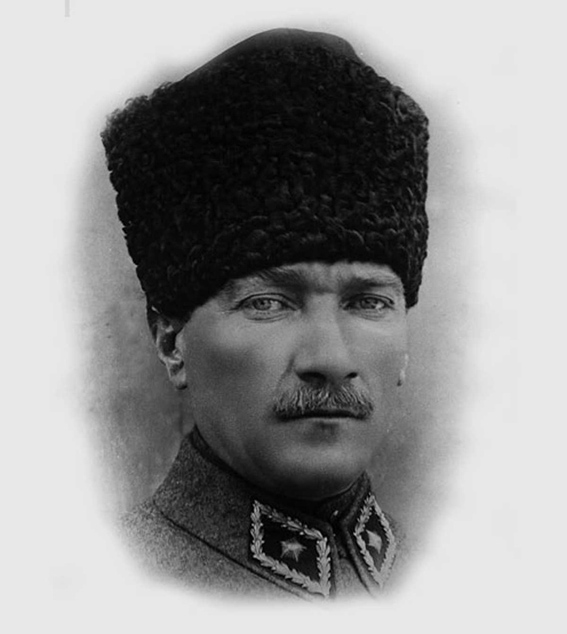
The Ottomans tried to present themselves in the same way for Muslims living outside their sphere of power – particularly in their dispute with Russia, which incorporated numerous Muslim territories into its empire. The way to do this was to revive the concept of the Caliphate. Although the title "caliph" was often attached to the Ottoman Sultans, it wasn't officially invoked until the nineteenth century. Emergent pan-Islamism, which aimed to impress upon Muslims their religious identity and unity beyond concrete political power constellations, also contributed to this renaissance.
The idea of the caliphate then increasingly functioned as a lifeline for the disintegrating Ottoman Empire. If not in terms of power-politics, the leadership claim should at least be manifested on the religious level. This had few practical effects, apart from the fact that the Caliphate suddenly became a talking point again among Islamic intellectuals.
Abolition of the Caliphate
However, there was one person who definitely had no use for the concept: Mustapha Kemal, known as Atatürk. In 1922, Turkey's national assembly voted to abolish the Sultanate, but not the Caliphate maintained by the Turkish state, which was now perceived as a purely spiritual office.
This might have developed into a kind of Islamic Vatican City, with the caliph becoming what the Europeans always wanted him to be, a kind of Islamic Pope. But Atatürk reflected on the matter and, two years later, passed a law abolishing the Caliphate. He claimed it had become superfluous, because government and republic in any case represented the only legitimate caliphate – an extremely brusque reinterpretation of the office, steeped as it was in tradition.
Because there has been nothing and no one since then who could appoint a Caliph, those who want to assume this office have to appoint themselves, whether others like it or not – just as Abu Bakr al-Baghdadi has just done, or a few years ago in Germany Metin Kaplan, the so-called Caliph of Cologne.
Who is supposed to, or wants to, be a follower of these self-appointed caliphs is another question. But perhaps this becomes irrelevant if we simply interpret the word of God correctly. In verse 165 of the sixth sura, as well as in several other, similar suras, the Koran says: "It is he (God) who has made you (people) into successors (caliphs) upon the earth."
Perhaps this contains the seed of an Islamic argumentation in favour of democracy. Whether we like it or not: according to the Koran, we are all caliphs!
Stefan Weidner
Translated from the German by Nina Coon
© Qantara.de 2014
Editor: Charlotte Collins/Qantara.de